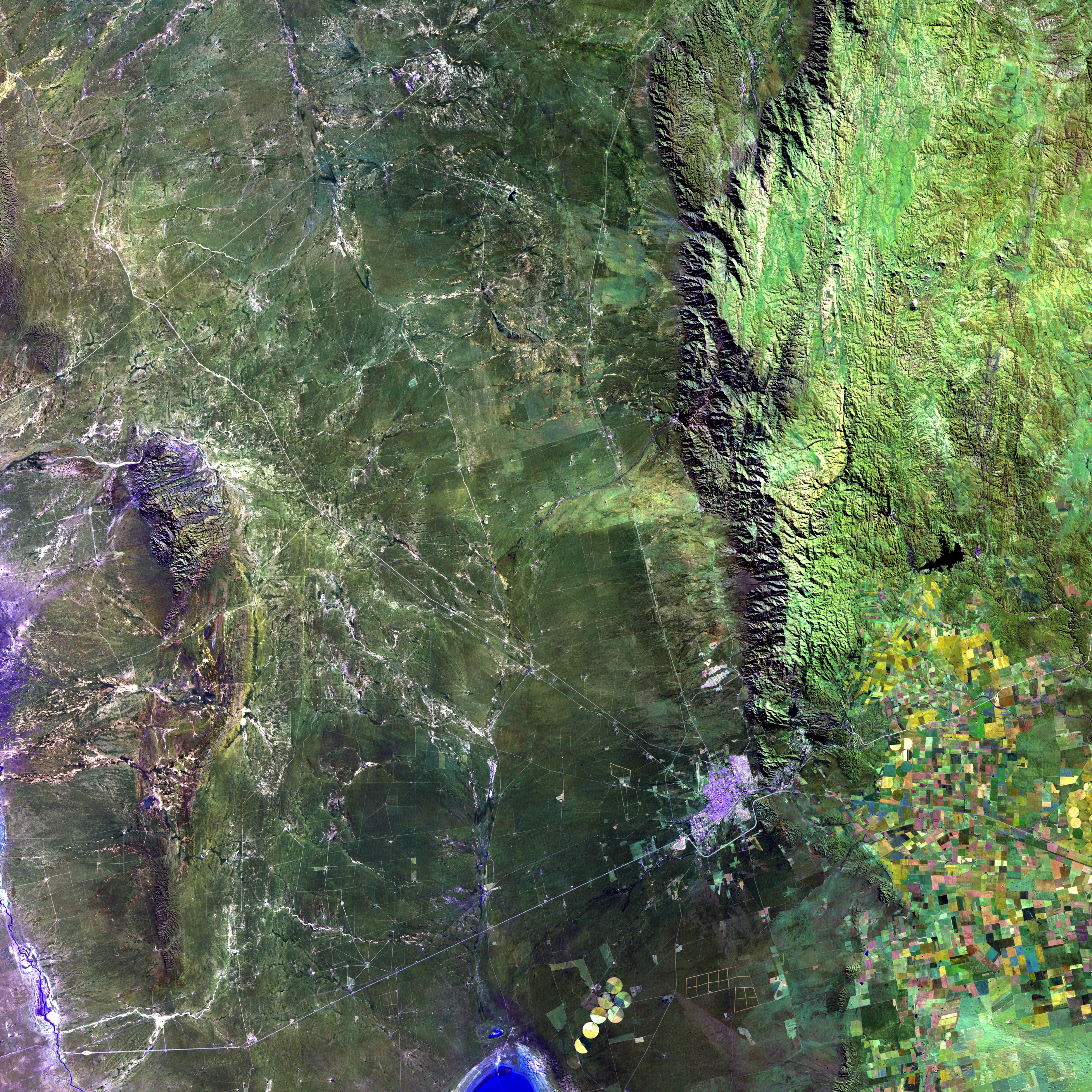About
Evaluating the effectiveness of natural climate solutions (NCS) and other conservation interventions requires measuring the resulting impacts (e.g. the change in forest cover or land use caused by an intervention). However, collecting these types of measures through field work, such as surveys or on-the-ground observation, is very costly and often inappropriate for the time and spatial scale needed for conservation impacts. This poses a challenge for rigorous evaluation of NCS, which is crucial for informing policy around their scale-up. Without high quality measures of conservation outcomes, impact evaluation is impossible, and without adequate impact evaluation, it is difficult to know what conservation interventions and natural climate solutions work, in what contexts, and why, leaving the conservation community with the risk of spending money on projects that may fail to achieve their intended outcomes.
New satellite technology and rapid advances in both the measurement and processing of remotely sensed outcomes have lowered costs and improved the quality of outcome measures. However, further work is necessary to integrate technological progress with the needs of the impact evaluation community. Through this project, we aim to combine existing randomized controlled trials (RCTs) testing NCS interventions with measurements of outcomes from remote sensing to deliver methodological insights and toolkits that will advance the methods of measuring impacts from NCS. Ultimately, increased use of remotely sensed data for impact evaluation has the potential to lower the cost and increase the use of rigorous evaluation methods by the conservation community, a step essential for ensuring that interventions yield intended outcomes.
